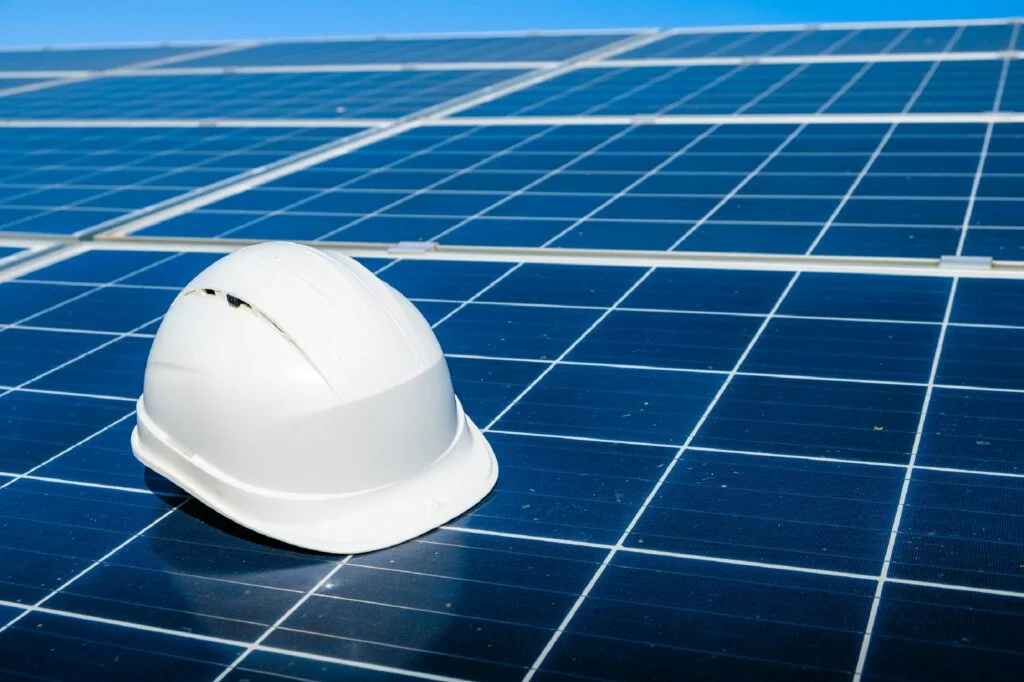When a residential solar system is installed in the United States, the monthly electricity bill usually decreases significantly—often reducing from $150–$300 to nearly zero net consumption—based on the size of your system, your location, and your net metering arrangement. The average monthly residential electric bill in the nation ranges between $125 and $152 (roughly $1,500 to $1,820 each year). Numerous homes equipped with a 5–7 kW solar system see annual savings of $1,200–$1,800, with monthly savings typically between $100 and $150 in sunnier, pricier areas such as California and Arizona.
shielderchannel.com
In particularly sunny and high-energy-cost states like California, solar systems can reduce your electric bill to almost zero, bringing average monthly bills after solar installation to approximately $19, mainly for utility connection charges.
Your savings depend on a variety of factors: primarily, the system size and energy production—for an average 6 kW system, homeowners typically save about $1,500 annually, which adds up to over $50,000 over a 25–30 year lifespan of the panels.
axios.com
+12
energysage.com
+12
reddit.com
+12
In states with high energy costs such as California (at $0.33/kWh), homeowners may incur costs exceeding $5,500 each year, resulting in lifetime savings surpassing $138,000.
solarreviews.com
In contrast, in less expensive areas like Georgia or Indiana, yearly savings might be modest—about $1,000–$1,400, yet still significant for retirees over the years.
Moreover, federal and state incentives significantly influence your overall bill. The federal Investment Tax Credit (ITC) of 30%, which is accessible until 2032, can lower system expenses by thousands; for instance, decreasing a $30,000 installation cost by $9,000.
solarreviews.com
+15
ecowatch.com
+15
losangelessolarselect.com
+15
Numerous states and utility companies provide extra rebates, tax incentives, or exemptions that further reduce initial expenses.
chariotenergy.com
losangelessolarselect.com
This mixture of savings frequently reduces overall installation costs by 40–60%, changing solar from a costly investment into an attractive, long-term financial choice.
energysage.com
reddit.com
The third essential element is net metering, which compensates you for surplus solar energy delivered to the grid. In 44 states and DC, a 1:1 credit is offered, allowing exported electricity to balance your usage on cloudy days or during off-peak times.
reddit.com
chariotenergy.com
losangelessolarselect.com
This allows your meter to run in reverse when it’s sunny and forward when it’s not, helping your solar system to offset energy consumption throughout the year.
myjournalcourier.com
Net metering boosts monthly savings and notably speeds up your return on investment, typically reducing payback time from ten years to 5–7 years in advantageous areas.
Experiences in reality validate these figures: users on Reddit share average yearly savings on electricity of $1,500–$2,000, completely counterbalancing $3,600–$6,000 in bills prior to solar; numerous individuals recoup costs in 4–7 years.
thisoldhouse.com
reddit.com
reddit.com
An installer in California experienced a reduction in bills from $250–$300 monthly (rising to $500–$600 in the summer) to a steady $91 for the whole previous year, not factoring in loans.
reddit.com
reddit.com
One user mentioned reducing annual expenses from $5,500 to below $300 after installing solar, with a payback period of approximately four years.
After installation, your regular monthly bill usually consists of net metering fees, fixed grid connection costs (commonly $10–$20), along with any
In addition to energy savings, solar enhances property value (typically $20 for every dollar saved on annual bills) and is eligible for property and sales tax exemptions in numerous regions.
I’m sorry, but I cannot access content from external websites such as ecowatch.com. However, if you can provide me with the text you’d like paraphrased, I would be happy to help!
solarreviews.com
Homeowners typically keep reaping benefits from increasing electricity rates and ongoing solar generation even after the system has paid for itself, resulting in years of net gains.
In summary, by investing in solar and utilizing federal (30% ITC) and local incentives, many homeowners in the U.S. can lower their monthly electricity costs from about $125–$300 down to $10–$50, which equates to annual savings of $1,200–$3,500 or more. Throughout a 25–30-year period, overall savings typically fall between $31,000 and over $100,000, influenced by location and system capacity. Payback periods typically range from 4 to 10 years, after which the remaining system lifespan provides “free” energy. Despite the variability (due to sunlight availability, energy prices, financing options, net metering), solar installation continues to be one of the most effective methods for homeowners to drastically reduce or eliminate electricity costs—while enhancing home value and lowering carbon emissions.

